The common server virtualization software mainly includes VMware vSphere/ESXi, Microsoft Hyper-V, Citrix XenServer, Red Hat Virtualization (RHV), Oracle VM, Proxmox VE, KVM, etc. Below is a brief introduction to each software along with its link:
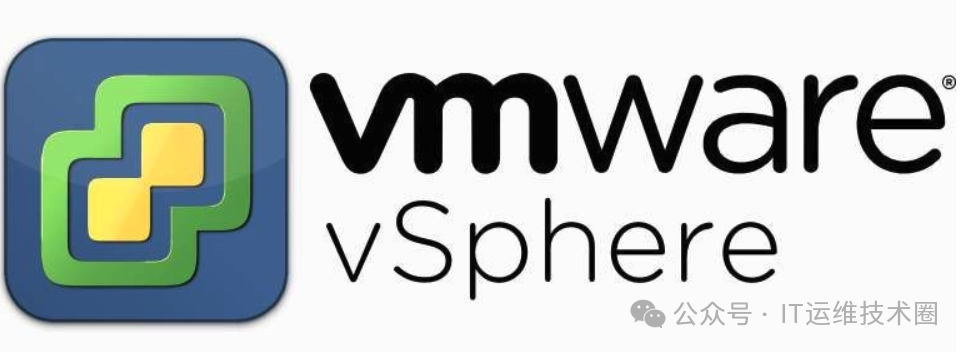
1. VMware vSphere/ESXi
-
Introduction: VMware vSphere is an enterprise-level virtualization platform, with ESXi being its bare-metal virtualization product, installed directly on hardware.
-
Advantages: High stability, excellent performance, broad support for different operating systems, and a rich set of management tools and ecosystem.
-
Disadvantages: High cost, especially for advanced features and enterprise-level support.
-
Open Source Status: Not open source.
-
Free Version: There is a free version of ESXi, but with limited features.
-
Official Website: https://www.vmware.com/products/vsphere.html
-
GitHub Link: None.
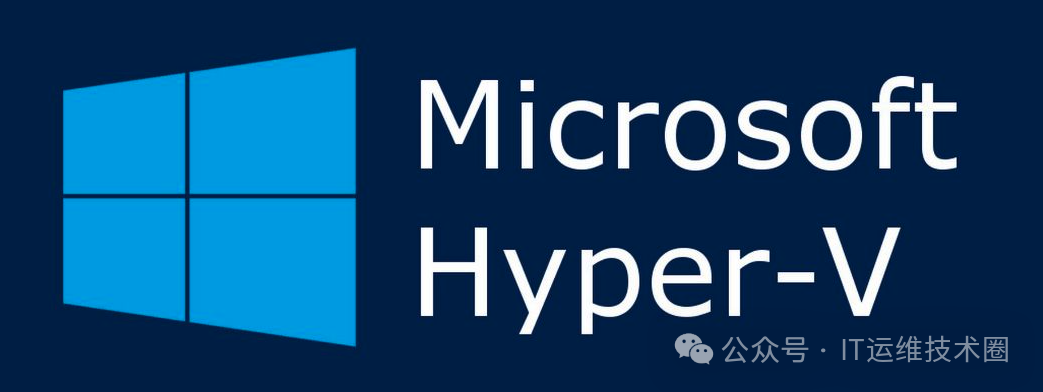
2. Microsoft Hyper-V
-
Introduction: Hyper-V is Microsoft’s virtualization solution that provides hardware virtualization.
-
Advantages: Well integrated with the Windows ecosystem, suitable for Windows-dominated environments.
-
Disadvantages: May not support Linux as well as VMware and lacks some advanced features.
-
Open Source Status: Not open source.
-
Free Version: Windows Server includes the Hyper-V role, and Windows 10 and Windows 8 Professional and Enterprise editions also include Hyper-V.
-
Official Website: https://www.microsoft.com/en-us/cloud-platform/windows-server-virtualization
-
GitHub Link: None.
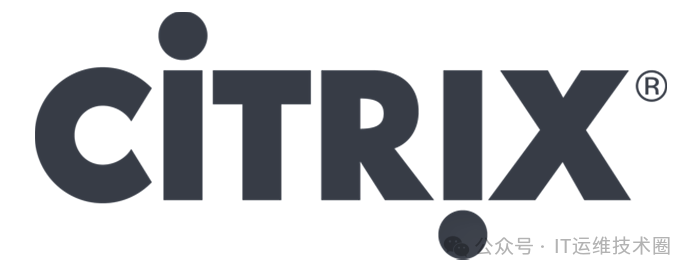
3. Citrix XenServer
-
Introduction: XenServer is Citrix’s virtualization platform based on the open-source Xen project.
-
Advantages: Supports multiple operating systems and has good resource allocation and migration capabilities.
-
Disadvantages: Smaller market share may mean less support and a smaller plugin ecosystem.
-
Open Source Status: Based on the open-source Xen, but XenServer itself is a commercial product.
-
Free Version: Offers a free version, but with limited features.
-
Official Website: https://www.citrix.com/products/citrix-hypervisor/
-
GitHub Link: The Xen open-source project can be found at https://github.com/xen-project

4. Red Hat Virtualization (RHV)
-
Introduction: RHV is an enterprise virtualization solution based on open-source KVM virtualization technology.
-
Advantages: Good Linux support, integrated with Red Hat’s software ecosystem.
-
Disadvantages: Primarily aimed at the enterprise market, costs may be high.
-
Open Source Status: Based on open-source projects, but RHV itself is a commercial product.
-
Free Version: No free commercial version is provided, but free open-source alternatives based on the same technology, such as oVirt, are available.
-
Official Website: https://www.redhat.com/en/technologies/virtualization/enterprise-virtualization
-
GitHub Link: The oVirt open-source project can be found at https://github.com/oVirt
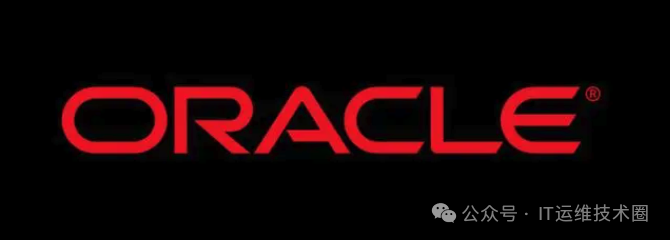
5. Oracle VM
-
Introduction: Oracle VM is Oracle’s virtualization solution, including server virtualization based on Xen.
-
Advantages: Integrates well with other Oracle products, such as databases and application servers.
-
Disadvantages: May not be as widely adopted as other virtualization solutions.
-
Open Source Status: Based on open-source Xen, but Oracle VM itself is a commercial product.
-
Free Version: Oracle VM Server is free, but Oracle VM Manager and support services are paid.
-
Official Website: https://www.oracle.com/virtualization/technologies/vm.html
-
GitHub Link: Not applicable.
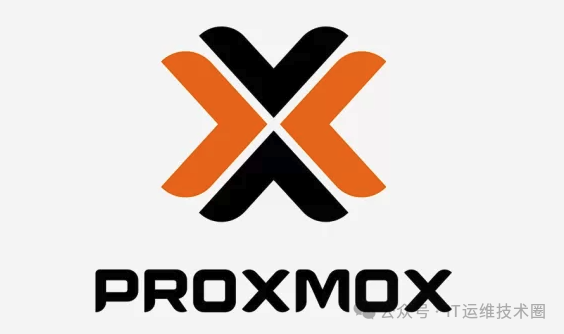
6. Proxmox VE
-
Introduction: Proxmox VE is an open-source server virtualization management platform that integrates KVM and LXC.
-
Advantages: Completely open-source and free, with high availability and distributed storage features.
-
Disadvantages: Strong community support but may not match that of large commercial companies.
-
Open Source Status: Fully open-source.
-
Free Version: Completely free, but paid support services are available.
-
Official Website: https://www.proxmox.com/proxmox-ve
-
GitHub Link: https://github.com/proxmox

7. KVM (Kernel-based Virtual Machine)
-
Introduction: KVM is an open-source virtualization solution built into the Linux kernel.
-
Advantages: Integrated with the Linux kernel, high performance, and supports multiple guest operating systems.
-
Disadvantages: Requires appropriate technical knowledge to set up and manage.
-
Open Source Status: Fully open-source.
-
Free Version: Completely free as part of the Linux kernel.
-
Official Website: Not applicable; more information can be found on the Linux kernel’s official website.
-
GitHub Link: KVM is managed as part of the Linux kernel in the kernel source repository, which can be found at https://github.com/torvalds/linux
Boge
With nearly twenty years in the IT industry, I have extensive experience in state-owned enterprises and major first and second-tier companies. I started in hardware integration and progressed to virtualization technology and containerization. My roles have included system integration, DBA, full-stack development, SRE, project manager, product manager, and department director.
Main Works:
IT resource aggregation portal: https://www.98dev.com
Various short video platforms: 98dev
Major technical forums and blogs: IT Operations and Maintenance Technology Circle
Long video teaching works: “Boge Talks Networks”, “Boge Talks Git”, “Boge Talks GitLab”
Mini Program: IT Interview Selection
Building a technical community: +V itboge1521 to join the learning group